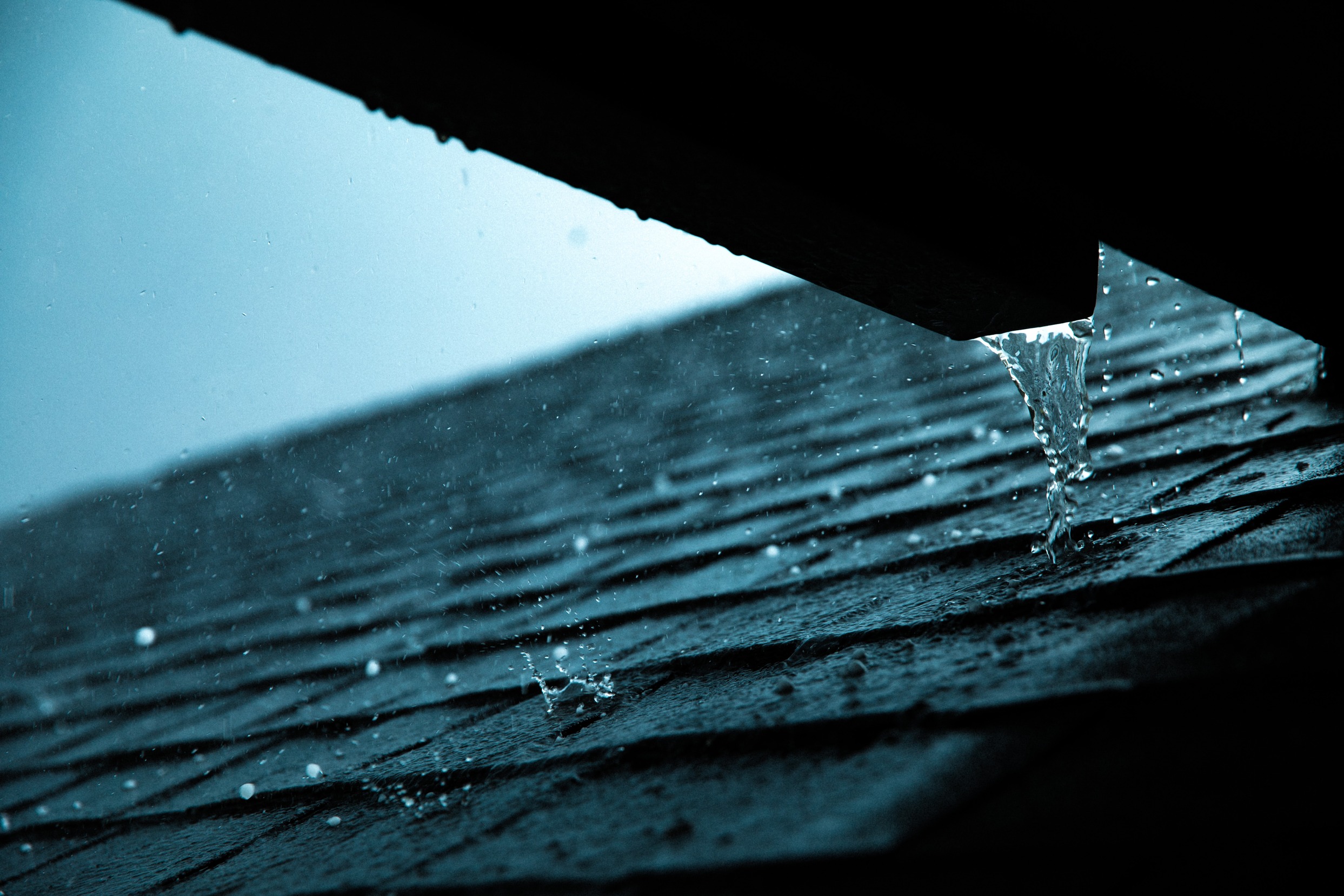How insulation helps to keep your home dry and healthy
Insulation is a key component in keeping your home warm, dry and healthy. It helps to prevent moisture and mould growth and contributes to a healthy living environment. This is particularly important for areas that receive a lot of rainfall, as condensation and mould growth are more likely to occur.
But how exactly does insulation keep your home dry and healthy?
Before we unpack how insulation works to keep your home dry and healthy, we need to learn what factors contribute to an unhealthy home.
Read on to find out more.
How do moisture and mould develop?
Moisture can develop in the home in a variety of ways. However, the most common factor is condensation.
Condensation occurs as the air inside the building contacts cold surfaces like windows and is cooled quickly. This is particularly common in uninsulated homes where it is difficult to regulate the room temperature. Cold air cannot hold onto moisture as well as warm air and condensation is more likely to occur as a result. Colder surface and air temperatures in winter mean an even higher chance of condensation occurring.
In winter, people are less likely to leave their windows open to allow ventilation, which means fresh air isn’t being circulated. Because of this, damp air stays in the home and causes more condensation as it contacts cold closed windows.
Boiling liquids while cooking, drying clothes indoors, showering and ironing can also contribute to condensation.
When left untreated, condensation provides the ideal conditions for mould and mildew to thrive. Once mould and mildew take hold, they can rapidly spread throughout the building.
Why is moisture and mould dangerous?
A build-up of moisture in the home can lead to mould, which is the perfect breeding ground for bacteria.
Many types of bacteria can develop in mould, ranging in severity. Bacteria can trigger respiratory illnesses such as Asthma and allergies like Aspergillosis. Through prolonged exposure, new conditions can develop in previously healthy people.
Mould and moisture in the home can also lead to structural damage. Excessive moisture can lead to Wet Rot, damaging timber and paint. If not properly treated, it can lead to extensive structural damage as key infrastructure rots away.
How does insulation work to prevent moisture and mould growth?
Insulation is critical in maintaining a healthy living environment, particularly in damp areas like the West Coast.
Insulation works by providing a barrier between the interior and exterior environments. By doing this, Insulation helps to maintain a more consistent and comfortable temperature inside the building. The warmer air can then hold onto more moisture, reducing condensation and mould growth.
Insulation helps absorb excess moisture, preventing it from damaging the structural integrity of the home.
Book a free insulation assessment
An insulated home is a healthy home. By installing insulation in your home, you can provide a warm and dry living environment for your family.
Get in touch to book a free insulation assessment. You may be eligible for subsidised funding through the Warmer Kiwi Homes programme.
In summary
– Insulation is essential for keeping your home warm, dry, and healthy.
– Moisture can develop in the home through condensation, leading to mould growth and structural damage.
– Mould and bacteria can cause respiratory illnesses and allergies.
– Insulation acts as a barrier between the interior and exterior environments, maintaining a more consistent and comfortable temperature inside the building.
– Insulation helps to prevent condensation and eliminate mould growth.






